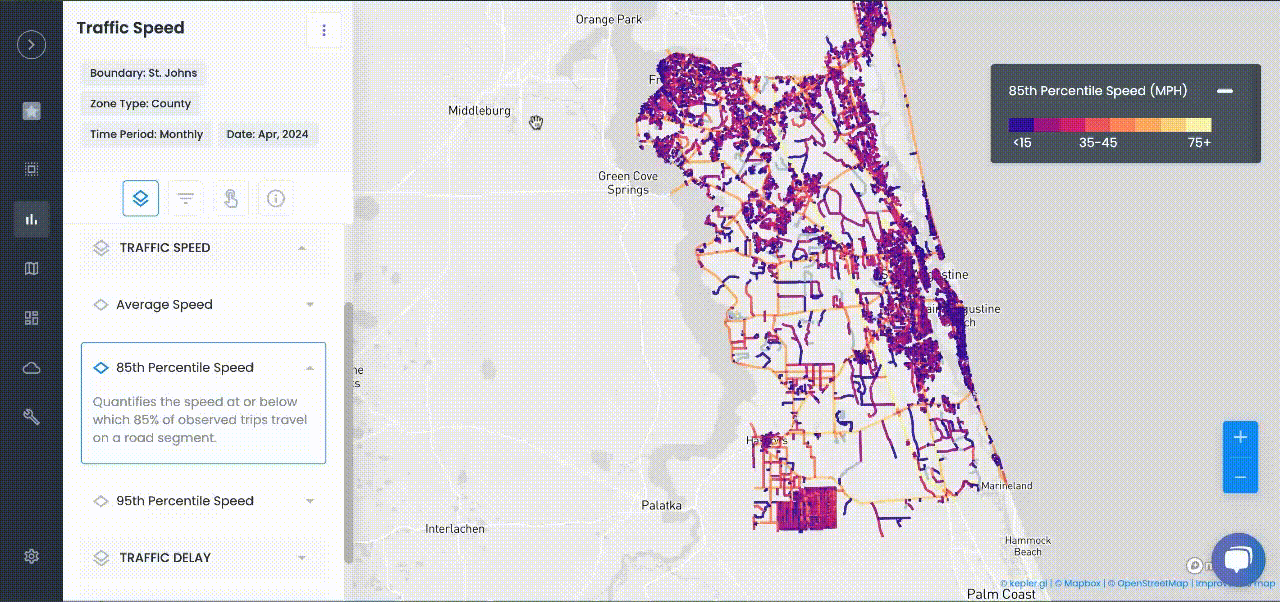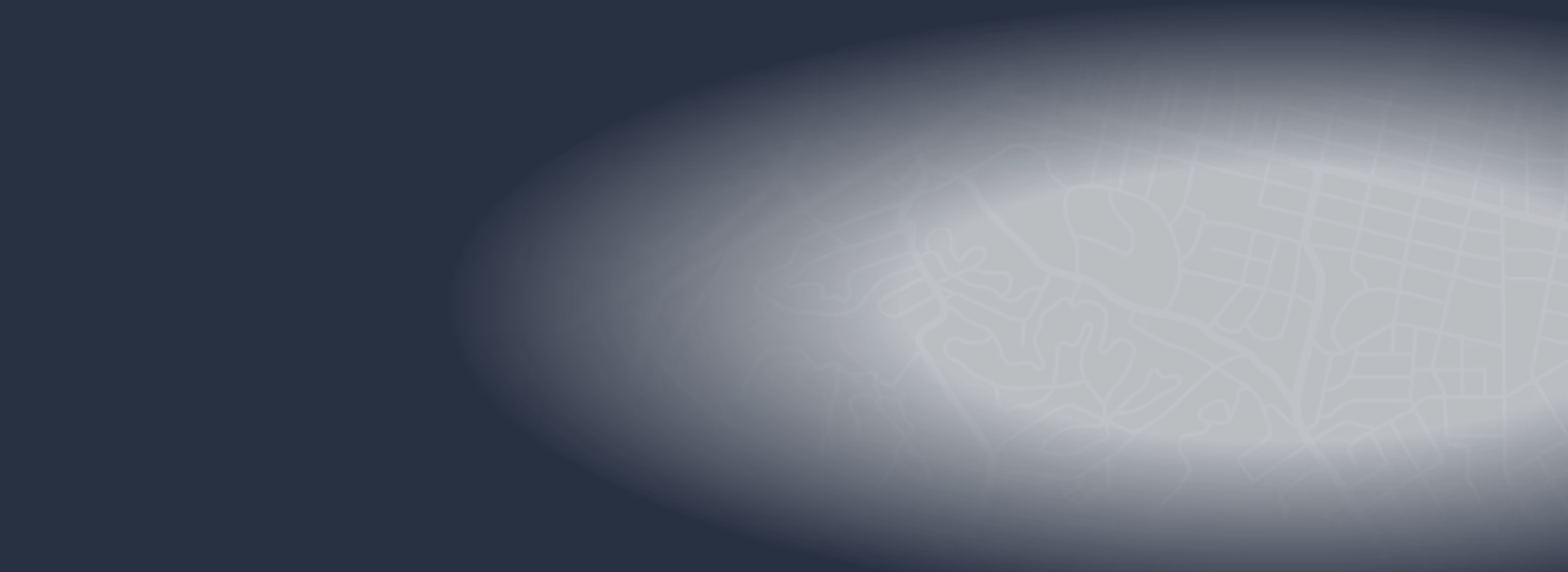
Articles
Using Data to Increase Transportation Equity
Using data to understand a region's transportation equity will eliminate inequity and provide an economic building block for communities.
Using data to understand a region's transportation equity will eliminate inequity and provide an economic building block for communities.
Cities around the world are growing more inequitable in how services and opportunities are delivered. Some analysts believe this situation could lead to economic stagnation and increasingly worse outcomes for the environment and human development indicators, like child poverty and infant mortality.
Moreover, overcrowded global cities without clean water or public health infrastructure could become ground zero of future pandemics.
This sobering report comes from the World Resources Institute’s, “Seven Transformations for More Equitable and Sustainable Cities”. While the focus of the report was on cities in the global south, it raises important questions for American cities, as well.
Many American cities suffer from a lack of affordable housing, lack usable or safe alternatives to expensive personal automobiles, have difficulty maintaining infrastructure and are difficult for people to access capital to improve homes or start small businesses.
The result is that cities increasingly work only for the haves, while the have-nots see fewer opportunities.
Transportation Equity in America
With transportation, for example, Americans are so poorly served that many own cars despite being unable to afford them. In the event of a breakdown or illness, they can end up not being able to go to work. They fall behind on the payments and end up losing the car, then, since they can no longer get to work, they lose their job.
The World Resources Institute focused on a few key areas in its report: poor delivery of core services like sanitation, water and energy; access to opportunities; and improved land management. It also focused on the informal economy, though that’s not too relevant to the United States.
Applying the WRI insights to the US reveals some surprising results: poverty is more expensive than wealth.
Not only is the above example, about the high costs of car ownership, fairly common, but affordable housing is often unaffordable. People who cannot afford homes in the urban core often have to seek them in the suburbs and go quite far out to find deals. As a result, they must drive greater distances, paying more in fuel and insurance costs.
This “drive till you qualify” practice can actually result in transportation costs that cancel out the savings on housing.
Longer commutes can have deleterious effects on people’s lives — increased stress, obesity, heart disease, and other health problems (creating a further drain on people’s limited resources).
The practice also results in environmental destruction, as new subdivisions are built cheaply to satisfy the housing demand. More roads, parking lots, and shopping centers are built to serve them. Eventually the infrastructure has to be paid for and the area becomes unaffordable because of high taxes.
In California, for example, this increases erosion, reducing the amount of water retained in the ecosystem and results in more frequent and devastating fires and floods.
Such development patterns also play a role in increasing traffic congestion, since they are often designed in a way that inhibits walking and transit services lag behind in reaching them.
The Need for Equitable Transit
Even where public transportation is provided, there can be inequality in how it’s run.
For example, poor people often make up the bulk of transit riders. They primarily take buses, which often receive smaller subsidies per rider and little in the way of fixed infrastructure — many bus stops in this country are little more than signposts on the sides of highways.
They can be difficult and hazardous to get to, have no lighting or protection from the elements, no seating, and are often unmaintained throughout the year — overgrown in summer, filled with snow plowed from the road in winter and muddy in the spring and fall.
By contrast, commuter rail systems receive generous investments in capital and operations, but attract far fewer riders than bus systems. The commuter rail timetables are also usually geared to benefit nine-to-five white collar workers, with tickets and passes priced higher than bus fares.
Impacting Communities
These gaps tend to be self-reinforcing.
Wealthy people and poor people tend to cluster together in separate neighborhoods, or different suburbs, and their children get sent to different schools. The children from poor families do worse in school when all their fellow students are also from poor families, compared to when some students are from wealthy families.
Some cities attempt to address both racial and income segregation by ensuring that students are distributed to schools on an equal basis, busing them from their neighborhoods to their schools and back. However, this can create resentment among families, lead to wealthy families moving to the suburbs or sending their children to private schools, and can be an expensive addition to traffic congestion.
One of the more interesting features of inequity is that the costs are also disproportionately falling on the poor.
An analysis by Strong Towns found that newer, apparently wealthy, suburbs were being heavily subsidized for infrastructure while older, poorer neighborhoods were generating more in taxes than were being spent on them.
Transportation Equity Propelled by Data
So what can a company like Urban SDK do to combat this complex and controversial issue?
Companies in the smart city space can help tackle inequality the same way they would tackle another urban problem: with data.
Sensors and real time data collection can help cities identify neighborhoods being underserved, where infrastructure is insufficient, and the demands placed upon it.
The data can also be made publicly available, allowing for transparency and dialogue regarding any planning decisions.
Data collected by cities can be used to identify and correct inequities. Better traffic management can help improve transit systems, making it safer and easier to transport children to good schools and helping people get to work without cars.
Cities can be places of great innovation and opportunity for everyone. Yet, inequity, whether born of discrimination or negligence, threatens to undermine both the current prosperity of cities and the ongoing ability of them to renew. It can drive away the people needed to make an economy of the future or keep them unskilled and unable to build the wealth they need to start new businesses.
Conquering inequity in the present is the first step in planning for a revitalized future.

NEWS
Recent Announcements
See how public sector leaders succeed with Urban SDK.
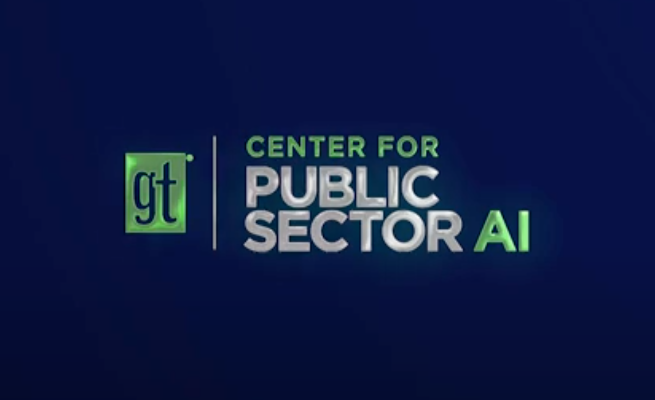
Company News
Urban SDK Joins Government Technology’s AI Council to Help Shape the Future of AI in the Public Sector
We’re proud to announce that Urban SDK has officially joined the AI Council, part of Government Technology’s Center for Public Sector AI
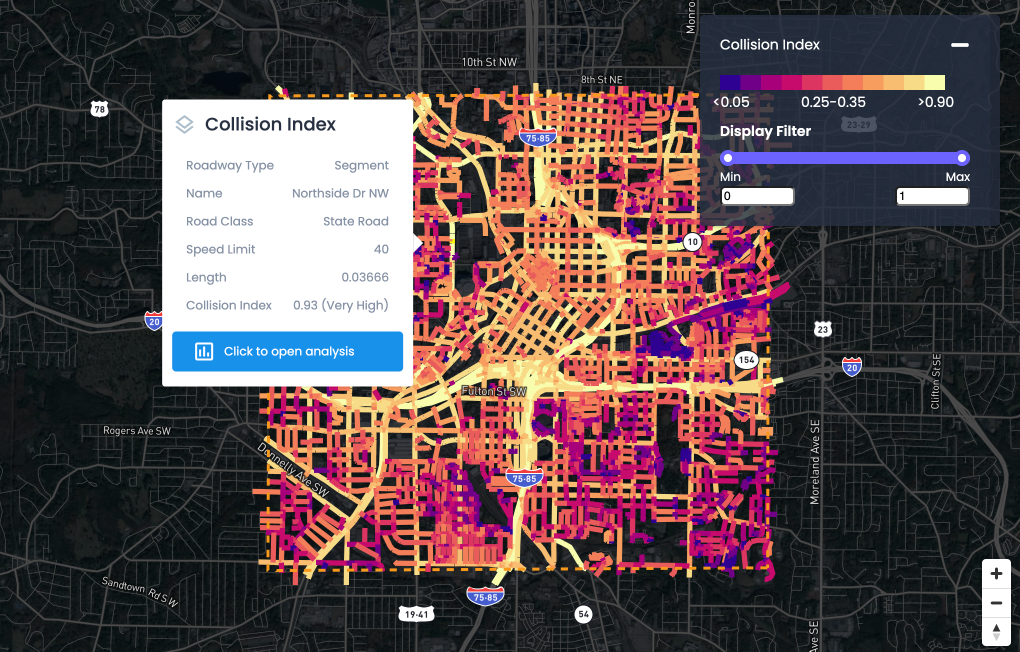
Company News
Collision Index: Proactive Traffic Safety Powered by AI
Communities now have another layer of road safety thanks to Urban SDK’s Collision Index
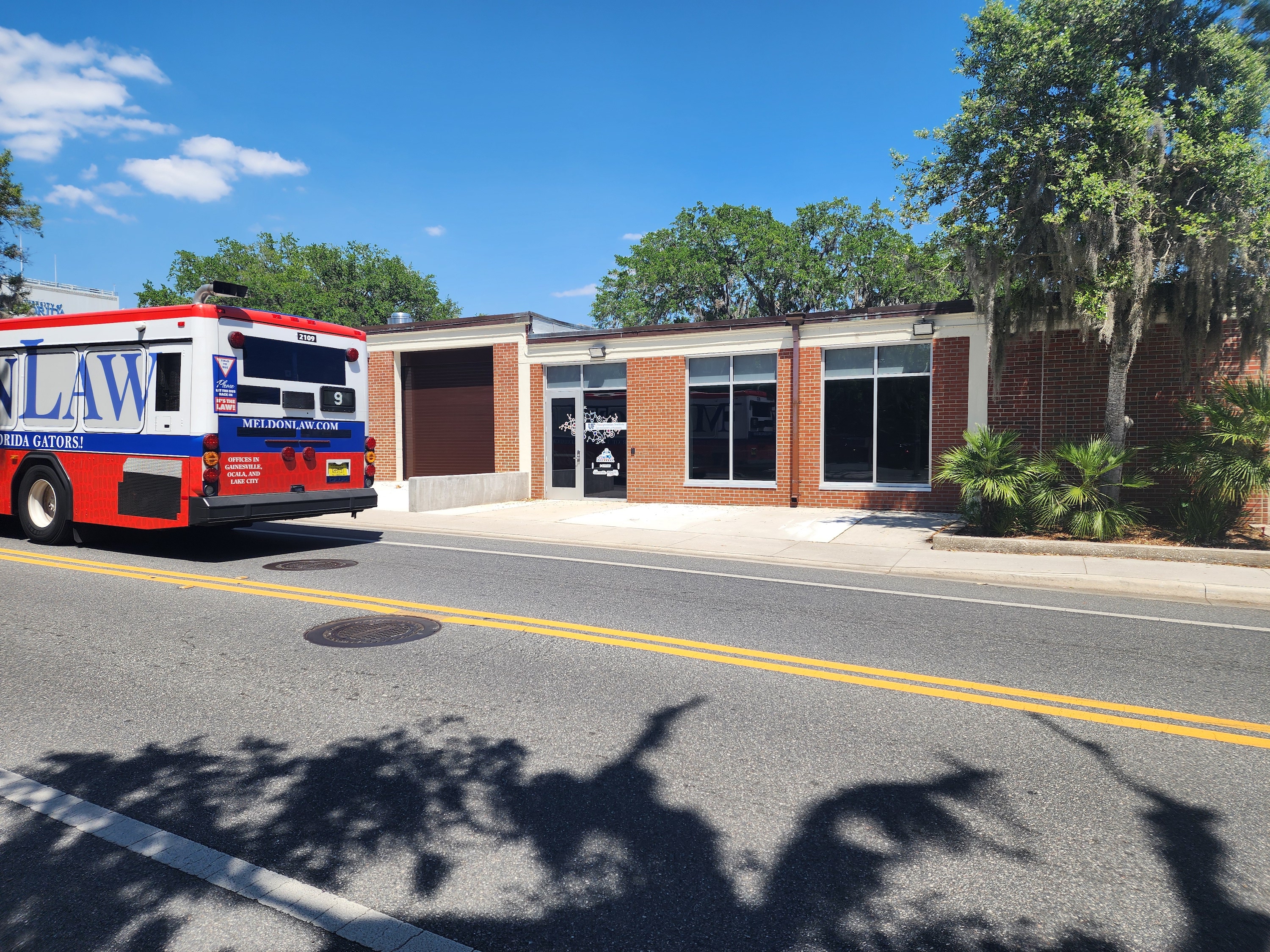
Customer Stories
University of Florida Transportation Institute Partners with Urban SDK to Expand I-STREET Program
Urban SDK and the University of Florida have partnered to expand the university's I-STREET Program
WEBINAR
Identify speeding and proactively enforce issues
See just how quick and easy it is to identify speeding, address complaints, and deploy officers.
